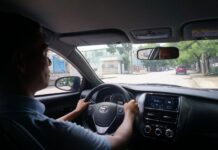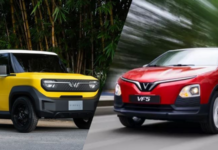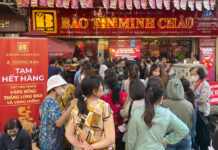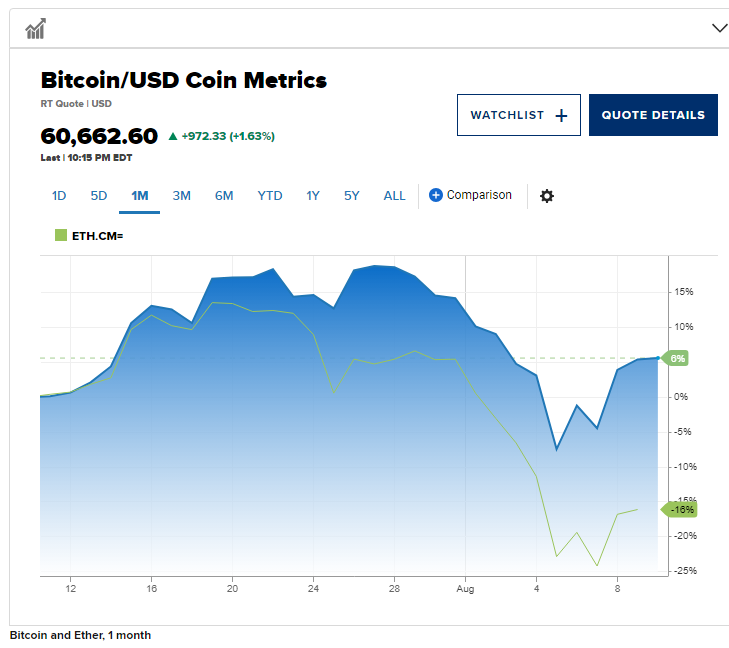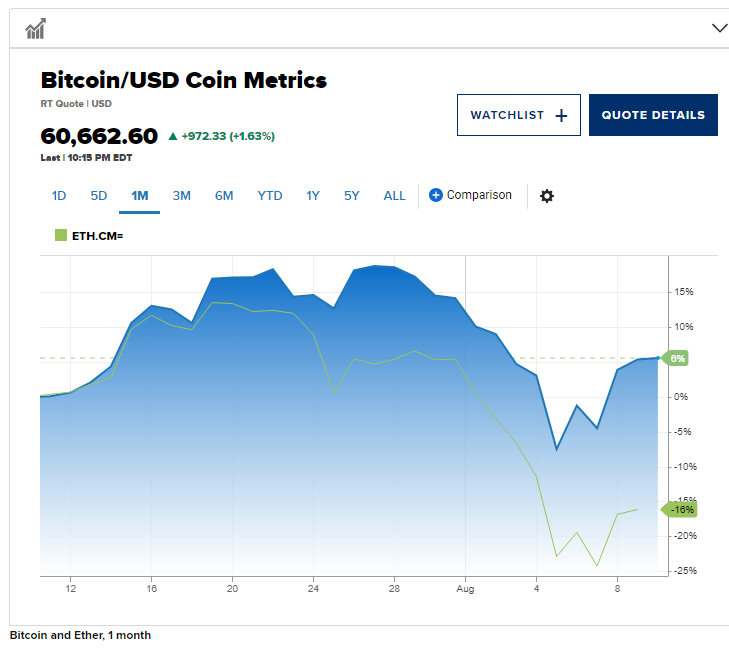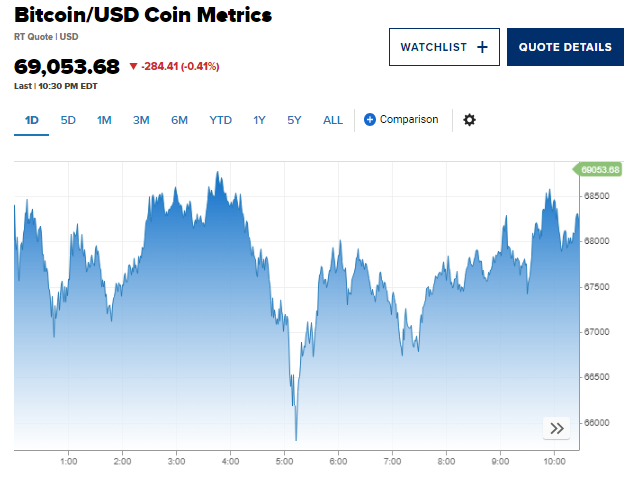A Bitcoin and Ethereum selling storm emerged earlier this week, wiping out $367 billion from the market as Japanese stocks plunged into a downward spiral. On that day, institutional investors quickly seized the opportunity to “buy the dip.”
Spot Ethereum ETFs witnessed net inflows of up to $120 million in a week. Most of the trading took place on August 5 and 6 when the price of Ethereum plummeted 42% from its March high of over $4,000.
While spot Bitcoin ETFs recorded net outflows since August 5, according to data from CoinGlass, a leading crypto analytics firm, demand started to pick up again mid-week. These funds attracted more than $245 million on August 7-8.
Interestingly, hundreds of millions of dollars started pouring into spot Bitcoin ETFs right when Morgan Stanley, one of the Wall Street giants in wealth management, allowed its 15,000 financial advisors to start offering crypto funds by BlackRock and Fidelity to clients with a net worth of over $1.5 million.
This move marks a pioneering step by Morgan Stanley among its Wall Street peers. Previously, asset management companies only facilitated such trades if clients proactively requested access to spot crypto funds.
Out of its $1.5 trillion in assets under management, Morgan Stanley disclosed in its May 2024 13F filing that it held about $270 million in spot Bitcoin ETFs. The upcoming report, expected on August 14, will reveal the latest allocations of banks and hedge funds to these spot crypto products.
Observers anticipate that other brokerage and asset management firms, which are currently on the sidelines conducting internal assessments, will soon feel pressured to follow Morgan Stanley’s lead.
In comparison to the explosive debut of spot Bitcoin ETFs in January, the newly launched spot Ethereum ETFs less than three weeks ago witnessed rather tepid inflows. Currently, Bitcoin funds hold a total of $54.30 billion in assets under management, while their spot Ethereum counterparts only manage $7.25 billion.
The crypto market last week moved almost in tandem with US equities. Its market capitalization has recovered hundreds of billions of dollars and now surpasses $2.1 trillion. Bitcoin approached $63,000 on August 9, while Ethereum breached the $2,700 mark.
Over $100 million in Bitcoin short positions were liquidated in the last 24 hours, bolstering the leading crypto’s upward momentum. However, both Bitcoin and Ethereum are still registering weekly losses, with Ethereum heading for its worst week in nearly two years.
A similar story unfolded with some crypto-related stocks. Shares of Coinbase, MicroStrategy, and the Bitcoin mining company Riot Platforms have posted losses for the third consecutive week.
This week’s crypto price volatility once again underscored the strong correlation between digital assets and US stocks, as well as their tendency to react to the same macro factors. Earlier in the week, the unwinding of carry trades in the yen contributed to the turmoil in global markets. However, by Thursday, new data showing a lower-than-expected number of US jobless claims eased recession fears. As a result, the S&P 500 had its best day in nearly two years on August 8, pulling the crypto market along with it.
Additionally, positive developments on the legal front breathed new life into the market. Another US judge sided with the crypto industry in its legal battle with the Securities and Exchange Commission (SEC). District Judge Analisa Torres ruled that Ripple must pay a $125 million civil penalty, significantly less than the $2 billion demanded by the SEC. In response to the news, Ripple’s XRP token surged with a 22% gain on Thursday alone.

